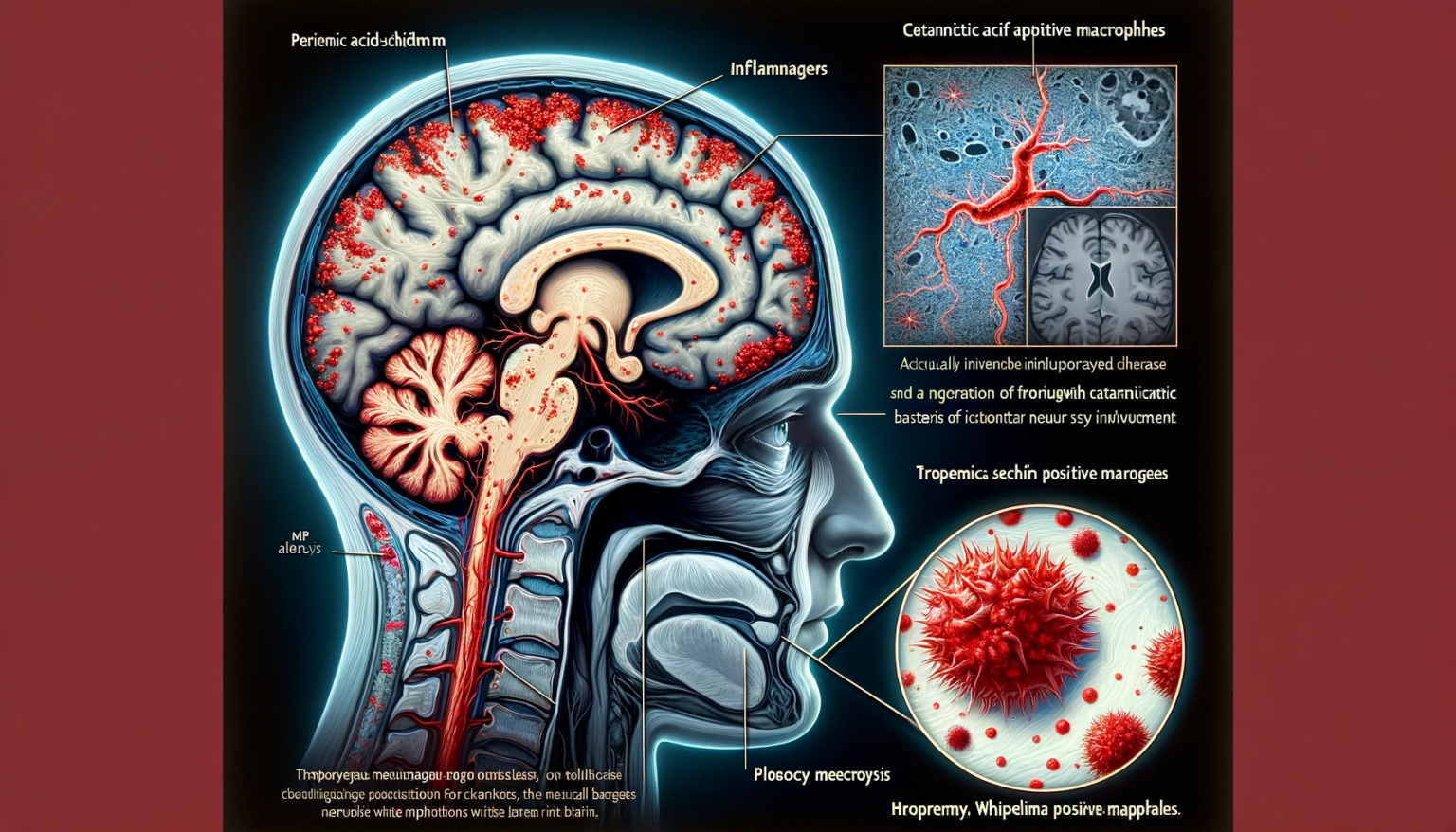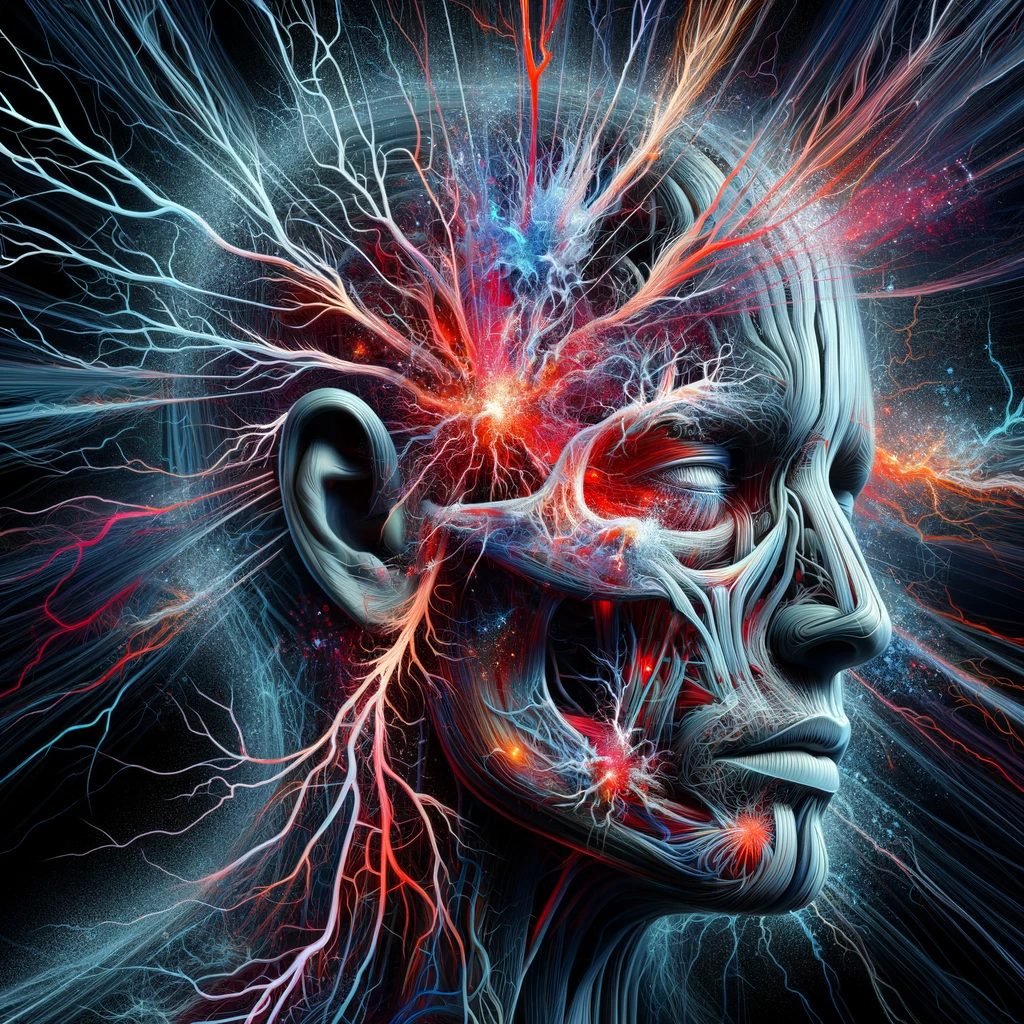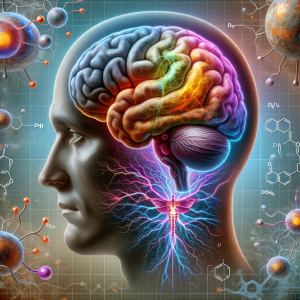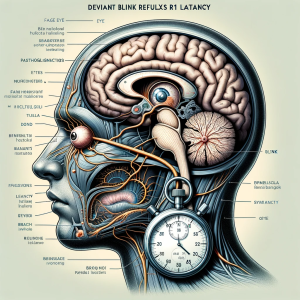 Abstract: This article offers a comprehensive review of Burning Mouth Syndrome (BMS), a complex and often misunderstood condition characterized by chronic orofacial pain. It delves into the current understanding of its pathophysiology, clinical manifestations, diagnostic challenges, and therapeutic strategies.
Abstract: This article offers a comprehensive review of Burning Mouth Syndrome (BMS), a complex and often misunderstood condition characterized by chronic orofacial pain. It delves into the current understanding of its pathophysiology, clinical manifestations, diagnostic challenges, and therapeutic strategies.
1. Introduction: Burning Mouth Syndrome (BMS) is a chronic pain disorder primarily affecting the oral mucosa, with no evident organic cause. It is a diagnosis of exclusion, presenting a significant challenge to clinicians due to its idiopathic nature.
2. Epidemiology and Demographics: BMS predominantly affects middle-aged to elderly women, though it can present in any demographic. The prevalence varies, with higher incidence reported in postmenopausal women.
3. Clinical Presentation: Patients typically describe a burning sensation in the mouth, often accompanied by dysgeusia (altered taste) and xerostomia (dry mouth). The pain is usually bilateral and can affect the tongue, lips, and palate.
4. Pathophysiological Mechanisms: While the exact pathogenesis of BMS remains elusive, several hypotheses have been proposed, including:
- Neuropathic Changes: Alterations in the peripheral and central nervous system’s processing of pain, leading to hypersensitivity and chronic pain.
- Hormonal Fluctuations: Estrogen and progesterone changes, particularly during menopause, are thought to play a role in BMS etiology.
- Psychological Factors: Stress, anxiety, and depression are common in BMS patients, suggesting a psychosomatic component.
5. Diagnostic Criteria and Challenges: BMS is a diagnosis of exclusion. Diagnostic workup involves ruling out local and systemic causes of oral burning, including oral infections, allergies, nutritional deficiencies, and systemic diseases.
6. Therapeutic Approaches: Management of BMS is symptomatic and multidisciplinary, involving:
- Pain Management: Low-dose tricyclic antidepressants, anticonvulsants, and topical analgesics are used for pain relief.
- Treatment of Secondary Symptoms: Addressing xerostomia and dysgeusia with appropriate therapies.
- Psychological Support: Counseling and treatment for underlying psychological issues.
7. Prognosis and Quality of Life: BMS can significantly impact the quality of life. While the condition is chronic, appropriate management can lead to symptom improvement and better patient outcomes.
8. Conclusion: Burning Mouth Syndrome, a complex pain disorder with a multifactorial etiology, requires a comprehensive and empathetic approach for effective management.






